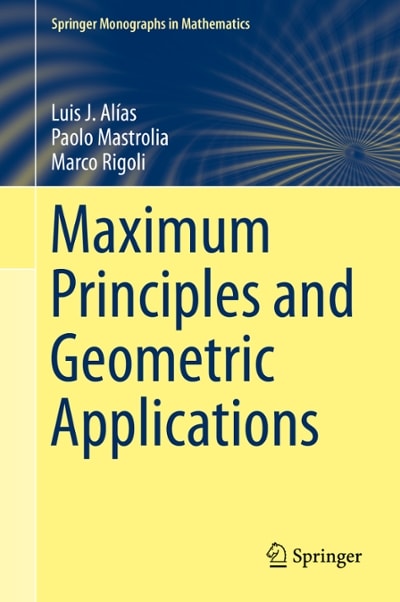Question
Winery: Developing an Optimal Blending Plan Daniel Fowler, senior vintner at Napa Winery, had been placed responsible for fostering an ideal mixing plan for the
Winery: Developing an Optimal Blending Plan
Daniel Fowler, senior vintner at Napa Winery, had been placed responsible for fostering an ideal mixing plan for the forthcoming season. This task was the aftereffect of a new Napa Winery load up gathering where the CEO had introduced her thoughts in regards to the utilization of investigation for improving benefits while simultaneously not influencing quality. Industry reports showed that a developing number of the significant wineries were utilizing investigation to aid the wine-mixing measure. The executive gathering had closed with the CEO entrusting Fowler to foster an examination and report his discoveries to the board at the following month's gathering.
The United State has become the biggest wine market on the planet, with deals drawing closer $40 billion yearly. Commonly, two kinds of wines are delivered: varietals and mixes. Wine mixing is the way toward consolidating a few grape assortments to accomplish a trademark that is deficient in the first grapes. There are a few reasons why a vintner should mix wines, including: (1) upgrading fragrance; (2) improving the shading; (3) raising or bringing down the causticity level; (4) raising or bringing down liquor levels. The interaction of wine mixing contains both evenhanded and abstract parts. Liquor level is an illustration of a goal standard.
Napa Winery was one of the superior wine makers in the state and had as of late sold its items on a worldwide premise. The winery delivered and dispersed a wide scope of premium wine, including its lead - CS Wine. The association's administration was thinking about utilizing prescriptive examination as a methods for improving the wine-mixing measure. Commonly, wines were created from a mix of a few sorts of grapes. In delivering these mixed wines, the vintner needed to mull over both grape attributes and unofficial laws. Every one of the applicant mixes was then dependent upon a progression of trials. In those situations where the applicant wines were discovered to be inadmissible by the testers, a bunch of new items was frequently delivered. The vintner intended to utilize prescriptive examination to help foster an ideal mixing technique and accepted that all jugs created could be sold. All the more explicitly, the vintner planned to embrace a near appraisal of Napa Winery' head CS Wine item area. The three explicit creation wines from this area were:
Vintage CS Wine, which wholesaled for $9 per bottle
Non-vintage CS Wine, which wholesaled for $5.50 per bottle
Non-vintage M Wine, which wholesaled for $2.95 per bottle
Recorded beneath are the winery goals and unofficial laws.
Winery targets and particulars -
Amplify net benefit.
The sharpness level of CS Wine can't surpass 0.7 grams per 100 milliliters.
The vintage CS Wine should not contain more than 0.2 percent sugar.
The non-vintage CS Wine should not contain more than 0.3 percent sugar.
The corrosiveness level of M Wine can't surpass 0.3 grams per 100 milliliters.
Unofficial laws -
All wines named varietal (for example CS Wine) should contain in any event 75% of the named grape type.
All wines should contain at any rate 10% and close to 15% liquor level by volume.
All vintage-dated wines should contain 95% mixing grapes from the year on the container name.
All vintage-dated wines should likewise report the viticulture region on the mark and should contain in any event 85% mixing grapes from this space.
Introduced in Exhibit 1 are the attributes of the four mixing grades alongside accessible amounts and related expenses.
Show 1. Grape attributes, amounts and expenses
Grape Type
Viticulture
Vintage
Sharpness (gm/100 ml)
Sugar (%)
Liquor (%)
Amount (bottles)
Cost ($/bottle)
CS grapes
Zone 1
2011
0.35
0.12
13.5
50,000
2.35
CS grapes
Zone 2
2010
0.75
0.25
15.3
60,000
2.60
CS grapes
Zone 2
2011
0.55
0.30
11.5
30,000
2.10
M grapes
Zone 1
2010
0.25
0.08
15.7
200,000
1.55
If it's not too much trouble, allude above case, and help with following inquiries,
Problem articulation.
Relevant foundation and realities.
Summary of central points of contention/choices.
Proposed arrangement technique. For instance, for a straight enhancement issue, you ought to distinguish the choice factors and key imperatives.
Consider the main grape type recorded in Exhibit 1 for the situation: . Can the winery deliver a wine comprising just of these grapes? Can the winery create different wines that incorporate these grapes and different sorts of grapes?
Using answer to the inquiry above, recognize the entirety of the distinctive grape-wine mixes that are conceivable.
Formulate a straight improvement model choice factors, target capacity, and requirements that organization could use to accomplish its goal.



Step by Step Solution
There are 3 Steps involved in it
Step: 1

Get Instant Access to Expert-Tailored Solutions
See step-by-step solutions with expert insights and AI powered tools for academic success
Step: 2

Step: 3

Ace Your Homework with AI
Get the answers you need in no time with our AI-driven, step-by-step assistance
Get Started


